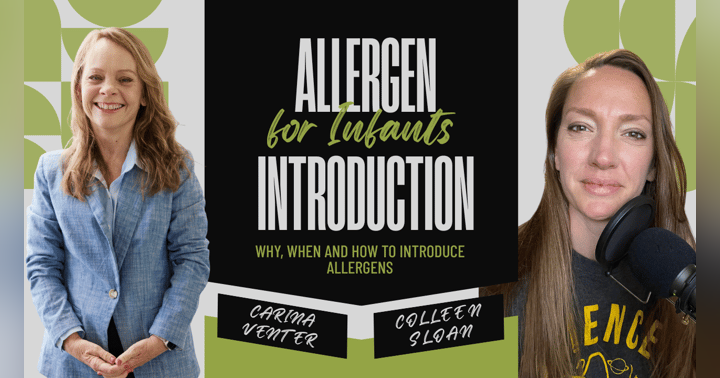Mastering Food Labels: Empower Your Patients to Make Informed Choices
We've all seen them: the bright labels proclaiming a food or drink to be "healthy." But what exactly does that mean? As a registered dietitian, I can tell you the truth is a little more nuanced than a single word.
The "Healthy" Halo: A Double-Edged Sword
The "healthy" label can be a helpful tool, drawing our attention to products that may be higher in nutrients and lower in unhealthy fats, added sugars, and sodium. However, it can also be misleading.
Here's why:
- One Size Doesn't Fit All: "Healthy" for a growing child might look different from "healthy" for someone managing diabetes. "Healthy" for an athlete means something completely different for someone on dialysis. Your patient’s individual needs and dietary goals play a crucial role.
- Marketing vs. Reality: Food companies can use the "healthy" label strategically, even if the product doesn't deserve it. A granola bar might be labeled "healthy" because it has whole grains, but it could also be packed with added sugar and unhealthy fats.
So, How Do We Navigate the Label Labyrinth?
Don't rely solely on the front-of-package claims. Here's what you can tell your patients to do:
- Flip It Over: The magic happens on the back of the package. The nutrition facts panel tells the real story. Pay attention to serving size, calories, and key nutrients like protein, fiber, and healthy fats.
- Always start with the serving size. All of the information on the rest of the label is based on that amount. Even things that seem like they'd be a single serving, such as a bottle of juice or packet of chips, may contain more than 1 serving.
- Ingredients Matter: The ingredient list should be recognizable, with whole foods listed first. Ingredients are listed in descending order by weight. Those in the largest amounts are listed first.
- Think Whole Diet, Not Single Foods: Don't get hung up on a single "healthy" label. Focus on creating a balanced diet that incorporates a variety of nutrient-rich foods from all food groups.
Sneaky things to know:
- When the Nutrition Facts label lists “0 g” of trans fat but includes “partially hydrogenated oil” in the ingredient list, it means the food contains some trans fat, but less than 0.5 grams per serving. So, if you eat more than one serving, you could end up eating too much trans fat.
- Use the percent Daily Values (DV) to make informed choices. Percent Daily Values are average levels of nutrients based on a person who eats 2,000 calories a day.
- Low is 5% or less. Look for foods that are low in saturated fat, trans fat, cholesterol and sodium.
- High is 20% or more. Aim high in vitamins, minerals and dietary fiber.
- Let’s get the definitions straight:
- Low calorie: 40 calories or less per serving.
- Low cholesterol: 20 milligrams or less of cholesterol and 2 grams or less of saturated fat per serving.
- Reduced: At least 25% less of the specified nutrient or calories than the usual product.
- Good source of: Provides at least 10% to 19% of the Daily Value of a particular vitamin or nutrient per serving.
- Excellent source of: Provides at least 20% or more of the Daily Value of a particular vitamin or nutrient per serving.
- Calorie-free: Less than 5 calories per serving.
- Fat-free/sugar-free: Less than ½ gram of fat or sugar per serving.
- Low sodium: 140 milligrams or less of sodium per serving.
The Bottom Line:
The "healthy" label is just one piece of the puzzle. By understanding its limitations and utilizing tools like %DV and the ingredients list, your patients can make informed choices that support their overall well-being. Remember, a healthy diet is a journey, not a destination. Enjoy the exploration!




